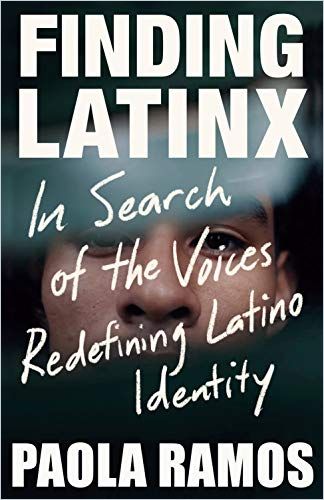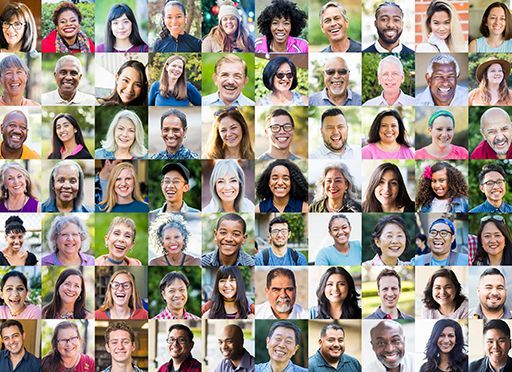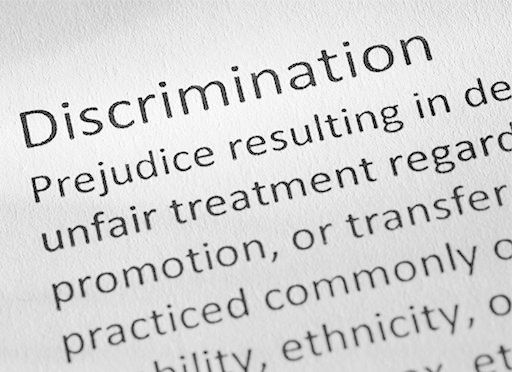Journalist Paola Ramos traveled the US to report this in-depth view of its diverse Hispanics communities.

Latinx Identity Today
Paola Ramos – correspondent and host for VICE News, Telemundo News and MSNBC – urges politicians and marketers to reconsider their stereotypes about the US Latino community.
She emphasizes that more members of the US Hispanic population voted in 2018 than ever before; that was also the year the combined buying power of Hispanics in the United States reached $1.5 trillion. Furthermore, 80% of Latinos in America who are younger than 35 are also US citizens. And, she reports, these Hispanic millennials are excited about exploring and celebrating their diversity
Ramos, who has US citizenship, Mexican-Cuban ancestry and a strong Spanish accent from her time in Spain, journeyed across the United States to explore the larger Hispanic community, including Indigenous migrants and non-Spanish-speaking representatives of Gen Z.
The term “Latinx”
After the 2016 presidential election, Ramos found a term, “Latinx,” that she felt enabled her to embrace the entirety of her varied background and her community. Some traditionalists dislike this term, but Ramos identifies it as an umbrella rubric that encompasses her community’s varied racial, religious and political aspects.
It was a word I couldn’t recognize, but one that seemed to know exactly who I was.Paola Ramos
In 2004, the LGBTQ community also adopted the term “Latinx” for its Hispanic members because it blurs the lines of race, gender, age, sexual orientation and specific nationality, thus nurturing inclusivity. Such precision about terminology has historic roots in the Hispanic community. For example, more than 50 years ago, to counter colonialism in Latin America, insiders began spelling “Chicano” as “Xicano.”
Agricultural Workers
Ramos introduces environmental justice activist Byanka Santoyo, who grew up in Kern County, California.When Santoyo was a child, pesticide containing chlorpyrifos – a controversial poison – drifted across a field where her parents were working. Some people immediately became sick. Within a decade, three of the women in that field died of cancer. Santoyo’s mom developed an autoimmune disease. President Barack Obama tried to ban the pesticide, but Donald Trump reversed the ban.
I immersed myself in the subcultures and movements…voices that are not being captured by political polls, statistics and stump speeches.Paola Ramos
Along with difficult working conditions, undocumented women in the agricultural industry face a high probability of suffering sexual assault at work, but they generally remain silent due to their immigration status.
Younger Hispanics
Karolina, a transgender woman, fled Mexico City at age 13 to escape physical and sexual abuse. At 35, she became a US citizen, but she’s never been to school. Karolina ended up on the streets and spent three years in a men’s ICE detention center.She began a letter-writing program to provide advice, connections and hope to homosexual and transgender people in detention.
Ramos introduces a different problem affecting Guatemalan immigrants to the United States. About half of them are Indigenous people who don’t speak Spanish. Blake Gentry, an Indigenous rights advocate, has translators on call to handle 21 different Indigenous languages. Younger Indigenous children, who often speak Spanish more fluently than their parents, help Gentry translate official forms for their elders.
Ramos discussed sexual harassment with young Latinas in Phoenix. They tried to bring their mothers and grandmothers into the conversation, but older Latinas typically avoid such discussions. However, Ramos found that Latinas in the Rio Grande Valley of Texas spoke openly of other difficult subjects. The valley holds some 900 neighborhoods in which immigrant families live on unpaved streets in areas that lack grocery stores or medical facilities.
Ramos reports that while HIV numbers have stabilized across the United States, they increased by 30% for gay male Hispanics in 2016. In the Rio Grande Valley, HIV remains a silent crisis.Suicide is another taboo. Latino youth suffer high levels of untreated suicide ideation and mental health issues.
In 2019, a white supremacist drove 10 hours to an El Paso, Texas, Walmart to “kill brown people.” He murdered 20 Latinos. Latino students who were present at the Parkland High School shooting in Florida in 2018 were still reeling a year later. Carlitos, a leader of a movement to end gun violence, still experiences, “loneliness and sadness” in the aftermath of Parkland. His parents had fled Venezuelan violence, but their son’s suburban school proved unsafe.
While older generations tend to deal with discrimination quietly, Ramos reports, members of younger generations acknowledge it and pressure their elders into conversations about their fear and anxiety.
Indigenous People
About 25% of Latino adults define themselves as Indigenous or Native American.Ramos was surprised by southern US Indigenous groups who combined patriotism and religious practice.
One of the United States’ first officially recognized Mayan Catholic churches is in the staunchly Protestant town of Greenville, South Carolina.After Spanish invaders mandated Catholicism, Mayans integrated their animist beliefs into the church’s teachings.Ramos also visited Canton, Georgia as its large Mayan community prepared to honor those lost in the September 11, 2001, terrorist attacks on the World Trade Center and the Pentagon.
Many indigenous groups have been migrating to what is now the United States since the Paleolithic era. One Salvadoran indigenous artist who works in St. Paul, Minnesota, finds that most Americans don’t know about the nation’s ancient roots. The artist lives on land belonging to native Dakota people, who are directly linked link to her Salvadoran Lenca family.
The Latino Bloc
Ramos calls on politicians to re-consider the Latino voting bloc. Whether people view Latinos through the lens of business, politics, marketing or history, she found that many regard the community as homogenous, and that’s a mistake. American Hispanics stem from many different nationalities and backgrounds.
As 60 million strong, [we] have barely even seen one another under the same light.Paolo Ramos
As Latinos become the largest demographic group opening businesses in the United States, its second-largest voting group and an increasingly important consumer group, Ramos advocates using the collective name Latinx to incorporate the community’s diversity.
A Latinx Portrait
Paola Ramos’s detailed, activist, informed overview of Hispanics in the United States should prove valuable for Latinx and Anglo readers alike. She offers non-Latinx teachers, politicians, social workers, employers and investors insights into Latinx culture, economics, politics and identities, sharing information that should increase understanding and eliminate certain biases and stereotypical views. A passionate reporter, Ramos is proud of her heritage and that pride illuminates her writing and underscores her message: the diverse US Latinx community encompasses many identities and is fully engaged in American life.





